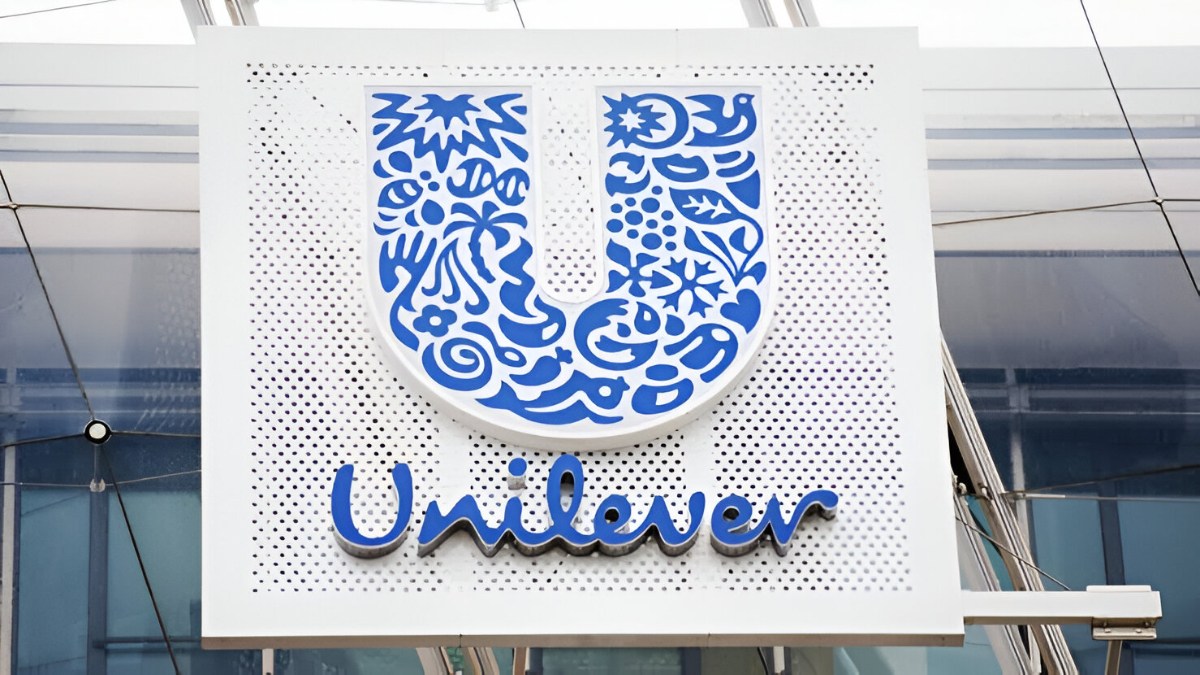How Do ULIPs Work?
Unit Linked Insurance Plans (ULIPs) are quiet popular in India. They compete with several other tax saving instruments like Public Provident Fund, Tax Saving Fixed Deposits from banks, National Savings Certificate and Equity Linked Saving Schemes etc.
Tax as well as insurance option makes the ULIP a very popular instrument in India. In fact, they compete with instruments like the traditional endowment plans, though they might offer better returns than these plans. They can provide you an insurance cover up to 10 times that of the premium paid.

United Linked Insurance Plans are slightly more complicated than the simple bank fixed deposits, which is why it is important to understand how these ULIPs work.
Can You Partially Withdrawal Money From ULIPS?
United Linked Insurance Plans (ULIPs) are popular investment instruments that are used as tax savings instruments as well as insurance. Along with this the product enables you also to get returns by investing in schemes that invest in equities.
How do ULIPs work?
The best way to understand would be through an example. In this investment instrument, you pay a premium to begin with. Let us say that you pay a premium of Rs 50,000.
Now from this premium the insurance company would deduct a premium allocation charge.
These charges are incurred for initial expenses including commissions and other selling expenses.
Following this there are other expenses that are allocated under the Unit Linked Insurance Plans including fund management charges and mortality charges. The biggest of the charges would be the mortality charges.
This is nothing but the insurance premium that is paid. It is very difficult to say how much would be allocated here. But, this would be the largest charge on a ULIP.
So, in the end after the various allocations, you might end-up with just Rs 46-Rs 47,000 of the ULIP, which would be allocated to a fund. Now, you have to decide on the fund that you would want to place the balance of the Rs 45,000.
If you choose a dedicated equity fund, the same would be allocated to money placed into the shares by the company.
On the other hand you can also choose a debt dedicated fund or also switch funds, if you are not too happy with the equity or the debt fund performance.
Now, if the fund NAV is Rs 10, then you would get 4500 units of Rs 10 each. Now, in the subsequent year, if you want to continue investing with the same fund and the NAV has gone up to Rs 11, you would get 4091 units.
If you opt for redemption after 5 year, your total units multiplied by the NAV would be the sum received by you. On the other hand if the holder passes away all the units can be encashed by the nominee and ten times the annual premium paid would be handed over to the nominee as insurance.
So, who should opt for ULIPs?
If you need an insurance, you can opt for an ULIP. Your cover can be as much as 10 times the insurance paid. If you pay a premium of Rs 1 lakh, you can get an insurance cover of up to Rs 10 lakhs.
However, the one disadvantage of ULIPS is the huge allocation charge. In fact, you may never end-up getting decent returns from them, though the one advantage is that of insurance. The other being the sec 80C tax break that you get.
GoodReturns.in






























